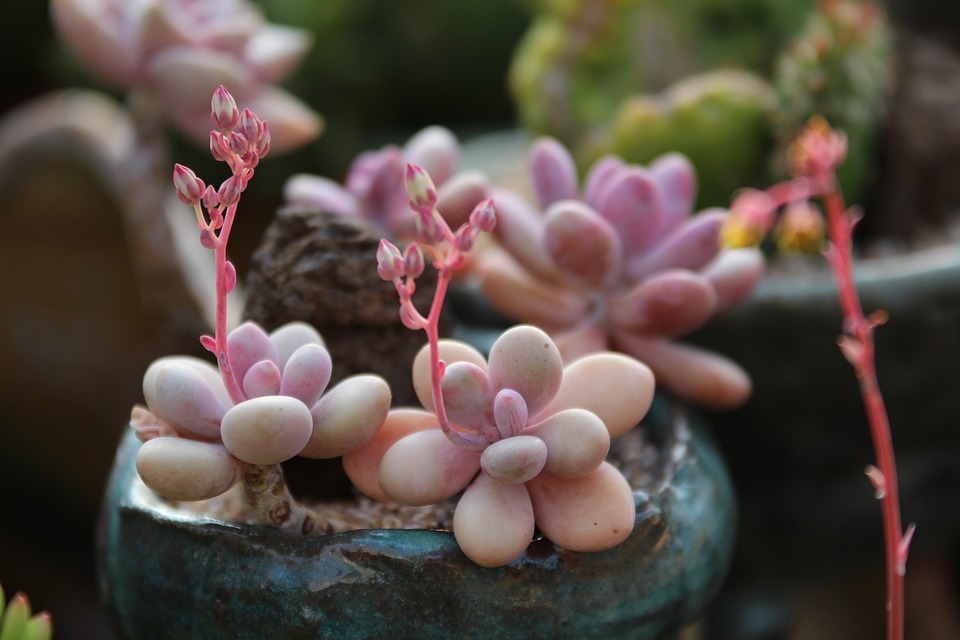Introduction
Indoor gardening has witnessed a remarkable resurgence in recent years, thanks to the greenhouse revolution. This innovative approach to gardening allows enthusiasts to grow a wide variety of plants and vegetables indoors, regardless of the external weather conditions. In this article, we will explore the numerous benefits of indoor gardening and how it has transformed the way we experience nature within the comfort of our homes.
The Benefits of Indoor Gardening
Indoor gardening offers a range of advantages that cater to both the physical and mental well-being of individuals. Let’s delve into some of the key benefits:
- Year-Round Gardening: One of the primary advantages of indoor gardening is the ability to grow plants all year long. By creating an optimal environment within a greenhouse or indoor space, gardeners can bypass the limitations imposed by seasons and cultivate their favorite plants irrespective of the weather outside.
- Increased Food Security: With indoor gardening, individuals can grow their own fresh produce, ensuring a steady supply of healthy fruits and vegetables. This empowers people to have greater control over the quality and safety of the food they consume while reducing reliance on external sources.
- Enhanced Indoor Air Quality: Plants are natural air filters, and the presence of greenery indoors can significantly improve air quality by removing harmful toxins and releasing oxygen. This not only freshens up the environment but also benefits respiratory health, making indoor spaces healthier and more pleasant for occupants.
- Stress Reduction: Research has shown that being in nature and engaging with plants can reduce stress levels and promote relaxation. Indoor gardening provides individuals with a therapeutic activity that allows them to connect with nature on a daily basis, even in urban settings.
- Design and Décor: Indoor gardens can serve as visually appealing elements in interior design. They add a touch of greenery to any space, creating a calming and inviting atmosphere. With the variety of indoor plants available, individuals have the opportunity to style their indoor gardens according to their preference, creating a personalized aesthetic.
Getting Started with Indoor Gardening
Starting an indoor garden is exciting and relatively straightforward. Here are some essential steps to help you begin your indoor gardening journey:
- Select the Right Plants: Choose plants that thrive indoors and match your gardening goals. Consider factors like lighting requirements, space availability, and the level of maintenance you are comfortable with. Some popular indoor plants include succulents, herbs, and leafy greens.
- Provide Adequate Lighting: Since indoor environments may not offer sufficient natural light, providing supplemental artificial lighting is crucial. LED grow lights are commonly used for indoor gardening as they can replicate the spectrum of natural sunlight, promoting plant growth.
- Create an Ideal Growing Environment: Maintain appropriate temperature, humidity, and airflow within your indoor garden. Depending on the plants you choose, you may need to invest in a small heater, humidifier, or fan to ensure optimal growing conditions.
- Water and Nutrient Management: Water your plants according to their specific needs, avoiding over or under-watering. Additionally, provide adequate nutrition through suitable fertilizers or organic alternatives to promote healthy growth.
- Maintain Regular Care: Indoor plants require consistent care such as pruning, pest control, and monitoring for diseases. Regularly check your plants for any signs of stress or issues and address them promptly to keep your indoor garden thriving.
FAQs
1. Can I grow any plant indoors?
While it’s not feasible to grow large trees or plants with extensive root systems indoors, you can successfully cultivate a wide range of plants indoors such as herbs, vegetables, flowers, and houseplants.
2. Do I need natural sunlight for indoor gardening?
While natural sunlight is ideal, it is not always necessary. With the use of artificial grow lights, you can provide the required light spectrum for different plants, allowing them to thrive indoors.
3. How much space do I need for an indoor garden?
The amount of space required depends on the types and number of plants you wish to grow. You can start with a small countertop garden or dedicate a larger area for a greenhouse. Indoor gardens can be adapted to fit any space, making them suitable for various living arrangements.
4. Can indoor gardening be costly?
Indoor gardening can range from being affordable to more luxurious depending on your choices. The initial investment may involve purchasing grow lights, containers, and other equipment. However, the long-term savings from growing your own food and the sustainable benefits outweigh the upfront costs.
5. What are some low-maintenance indoor plants for beginners?
If you’re new to indoor gardening, consider starting with low-maintenance plants such as pothos, spider plants, snake plants, or cacti. These plants are resilient, require minimal care, and are great for beginners.




